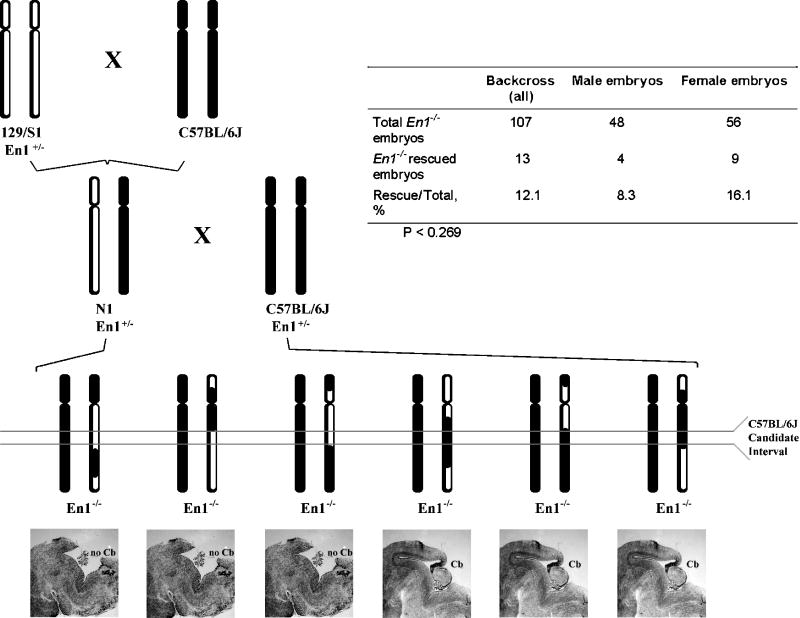Figure 6. Backcross mapping strategy and sex bias in the rescue embryos.
C57BL/6 mice (solid chromosomes) were crossed to 129/S1• En1+/− mice (hollow chromosomes). The resultant En1+/− F1 animals were then backcrossed to C57BL/6• En1+/− mice to produce En1−/− N2 embryos. DNA collected from the En1−/− N2 embryos was genotyped at loci spanning the genome (A). The presence or absence of a cerebellum in these animals was assessed visually (B). The ability to amplify Y-specific markers or the identification of heterozygous loci on the X chromosome allowed for sexual assignment. Though not statistically significant, female embryos were twice as likely to rescue as male embryos (C). Note: No Y-specific markers amplified for three embryos but all X chromosome markers assayed for these embryos were homozygous, preventing definitive determination of sex.

